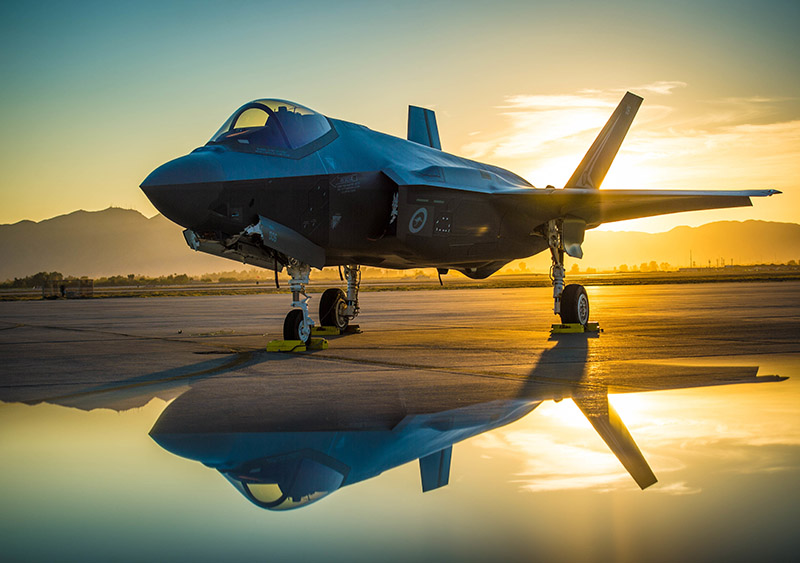 About
Recomends
X-AI
About
Recomends
X-AI


The Lockheed Martin F-35 Lightning II isn't just a fighter jet; it's a revolution in air combat. This single-seat, single-engine marvel boasts stealth capabilities, multirole functionality, and advanced sensor technology, making it a true force multiplier for any air force.
While the F-35 excels in air-to-air combat, its versatility extends far beyond. It can perform air-to-ground strikes with pinpoint accuracy, gather intelligence through advanced surveillance and reconnaissance systems, and even disrupt enemy communications with its electronic warfare capabilities. This multirole prowess makes it a valuable asset for various missions, from close air support to long-range strikes.
The F-35 comes in three distinct flavors:
Despite their differences, all three variants share the core F-35 design, ensuring interoperability and streamlined logistics.
The F-35's true strength lies in its advanced technology. Stealth features make it difficult to detect on radar, giving it a significant advantage in air combat. Its sensor suite, including advanced radar and electro-optical targeting systems,provides pilots with unparalleled situational awareness. Additionally, its advanced avionics and communication systems enable seamless information sharing with other aircraft and ground forces, creating a truly networked battlefield.
The F-35 is not just an aircraft; it's a symbol of the future of airpower. Its advanced capabilities, versatility, and interoperability make it a game-changer in modern warfare. As more countries adopt the F-35, it's likely to shape the airpower landscape for decades to come.
The F-35 program has also been met with its share of challenges, including cost overruns and delays. However, its undeniable capabilities and growing international presence solidify its position as a crucial asset for air forces around the world.